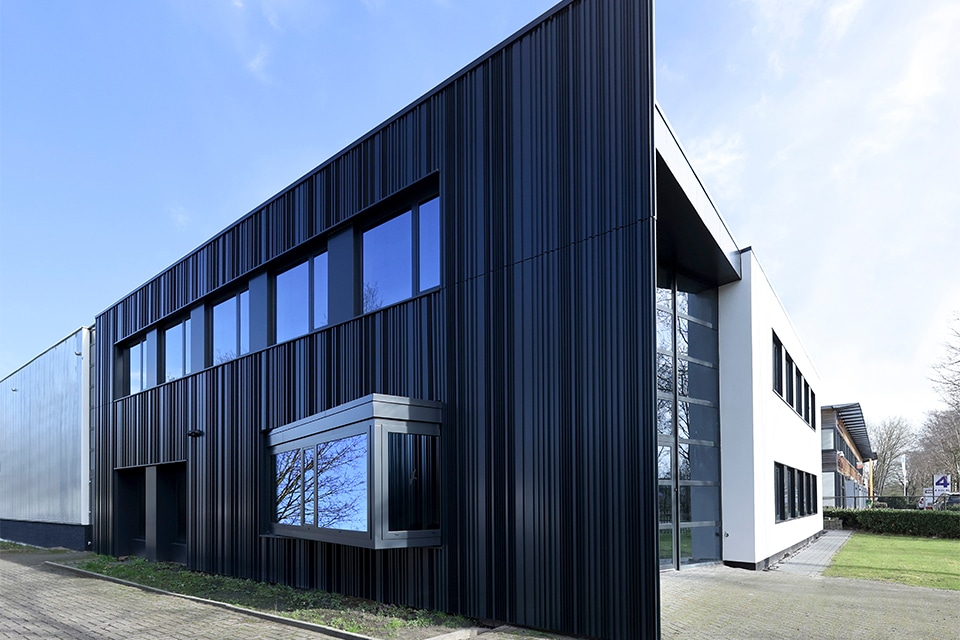
'Don't let the generalist die out'
We are talking with Hans Zwetsloot of STOL architects in Lisse, the firm he has run with his associate Chris Warmenhoven since 2005. There are 18 employees working there. When we talk to Hans about the profession, he is immediately clear. "The architect who is a generalist in addition to his own profession is dying out: a bad thing. Where has the old-fashioned 'building pastor' of old gone? In short, can today's architect still take central direction or will he allow himself to be taken away from that role?"
Hans explains that Chris and he do just that. "Of course, we also say that you should always 'think along with the customer,' but we actually let the customer think along with us. That creates much more interaction and involvement of the customer in the process. And that's important, because that client is usually also the end user and is therefore precisely looking for 'personal customization'. Whether it is a complex logistics company building or a villa does not really matter. Architecture is an important part of this, but many more factors play a role. Think of: functionality, construction methodology, (business) logistics and (cost) efficiency, regulations, licensability, installations, sustainability and energy systems et cetera."
"Therefore, in order to achieve that 'personal customization,' you - as an architect - have to have a pretty basic level of all those aspects to be able to take the 'lead' in such a process," Hans continued. "This applies both in the design process and during the final realization. There are so many parties these days, each with their own input. So someone has to be able to create a basic design in advance that is broadly correct in all those aspects and that remains intact as much as possible during the further elaboration process. As far as I am concerned, that 'someone' should be the architect. He, as a 'generalist', should be able to take the lead from the beginning and have the whole project in his head continuously and in all stages and keep monitoring it."

Flexibly stubborn
When Hans is asked if he is then that "generalist," his answer is clear. "Yes. And in doing so, I always try to be 'flexibly opinionated.' I always assume 'my own' wisdom, but am willing to adjust that wisdom on the spot based on appropriate arguments from others. But then come up with arguments, because "That makes sense, right?" is the very worst argument. Above all, let any consultants or specialists you call in explain why something should be done in a certain way, preferably in a way that even the client can understand. That lets them operate at the top of their game and usually gives the best results."
Opinions
So you don't become a "generalist" overnight. As far as Hans is concerned, you have to be willing to do something for that. In modesty, he therefore has three useful pieces of advice for beginning architects. "Be - like us - 'flexibly stubborn'. And second, dare to share your design ideas - sketching live at the table - with the client in order to achieve maximum interaction. Create joint support for the basic idea from which further optimization can take place. Dare to communicate with concept sketches and include your client in your thought process."
"Furthermore, be eager to learn and make sure your basic knowledge is in order in all facets of the construction process. And if you don't know something? Follow the Pippi Longstocking credo: 'I've never done it, so I must be able to do it', but don't think you already know everything. In other words: as an architect, always be challenged at the top of your game! That is precisely when you stay relevant and can add great value."



